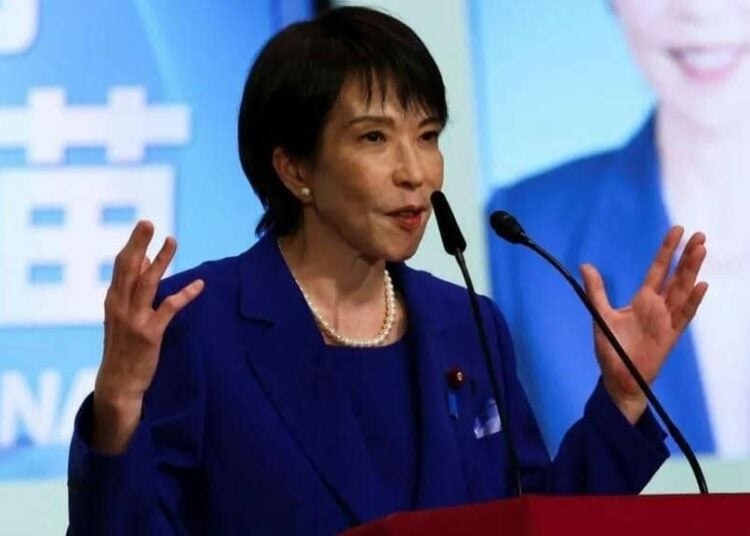Japan is on the verge of breaking a historic political barrier as ruling party lawmakers have elected Sanae Takaichi as their new leader, positioning the 64-year-old to become the country’s first female prime minister.
Takaichi, a long-time conservative figure within the Liberal Democratic Party (LDP), is stepping into the role at a time of deep turbulence. The LDP has been struggling after years of internal strife and scandals, compounded by an economy weighed down by sluggish growth, stagnant wages, and relentless inflation.
Her confirmation is expected in parliament, but unlike her predecessors, it is not automatic. The LDP has lost its governing majority in both chambers, raising the stakes for the new leadership.
Takaichi succeeds Prime Minister Shigeru Ishiba, who resigned in September after just over a year in office, following a string of election defeats that cost the LDP-led coalition its parliamentary dominance.
A protégé of the late Shinzo Abe, Takaichi has promised to revive his economic programme, known as Abenomics, which is built on “high fiscal spending and cheap borrowing.” She has also signalled her commitment to a hawkish security stance and is pushing to revise Japan’s pacifist constitution.
Internationally, she faces the challenge of managing a “rocky” US-Japan relationship, including navigating the tariff deal struck with the Trump administration under the previous government.
Takaichi’s personal political vision has drawn comparisons with Britain’s first female prime minister, Margaret Thatcher. She has openly described Thatcher as an inspiration, bringing her “Iron Lady” ambition closer to reality.
But despite the symbolism of a woman poised to break Japan’s highest political ceiling, many women remained skeptical. Takaichi has consistently opposed reforms considered central to gender equality, including legislation allowing women to keep their maiden names after marriage, which she argued was “against tradition.” She is also firmly against legalising same-sex marriage.
Her conservative credentials were further underscored by her frequent visits to the controversial Yasukuni Shrine, where Japan’s war dead, including convicted war criminals, are commemorated.
As she prepares to take office, Takaichi faces a balancing act: uniting her fractured party, addressing the economic struggles of ordinary Japanese households, and navigating the complexities of regional and international diplomacy.
If confirmed, her leadership will mark a historic milestone, but one shadowed by questions over whether her deeply conservative politics can match the moment of change her rise seemed to represent.






